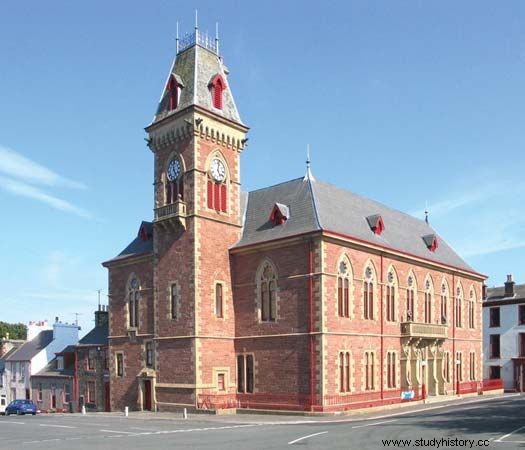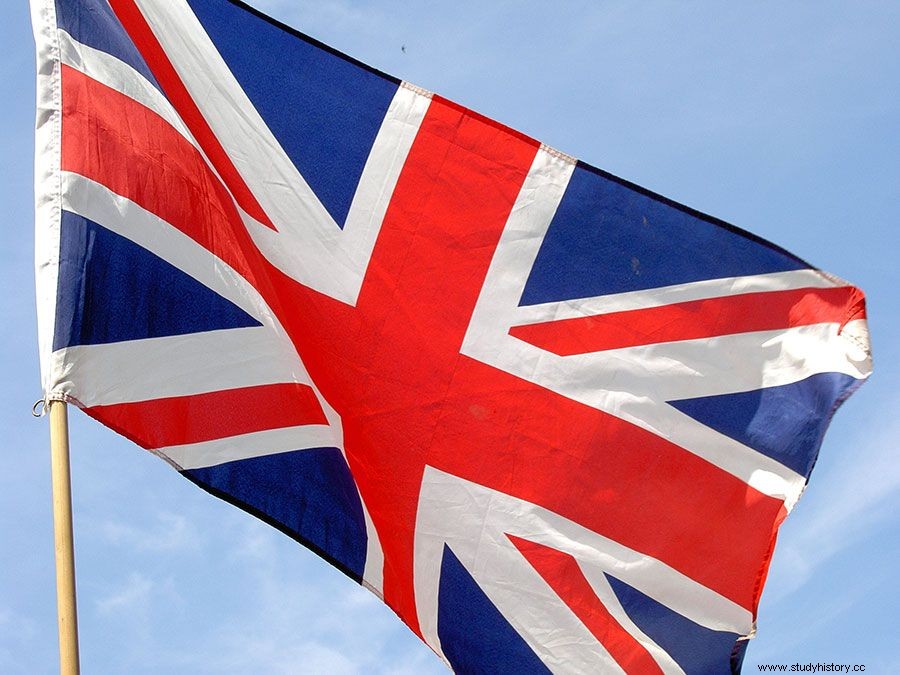Wigtownshire , also Called Wigtown , historic southwest tip county Scotland , looking at the Irish Sea to the south and the North Channel to the west. It is the western part of the historical region Galloway and is entirely within the municipality of Dumfries and Galloway .

 Britannica Quiz Discover the England, Scotland and Wales quiz What is the highest mountain in Wales? What are the largest and most northerly Scottish islands in the Outer Hebrides? Test your knowledge of UK geography by taking this quiz.
Britannica Quiz Discover the England, Scotland and Wales quiz What is the highest mountain in Wales? What are the largest and most northerly Scottish islands in the Outer Hebrides? Test your knowledge of UK geography by taking this quiz. There is in the area many hill forts and sea dwellings (crannogs) from the Iron Age . Around the 6th century Wigtownshire was part of the Celtic British kingdom Strathclyde, as Anglo-Saxons from the neighboring kingdom Northumbria and Scots from Ireland invaded the area - just 21km away via the North Channel. During the 9th century, Norse invaders and settlers established a Hegemony in the region. With the Norse conquest, Wigtown became part of Galloway, a district ruled by Scottish Norse kings and covering most of south-west Scotland. In the 1120s Fergus, ruler of Galloway, restored the region's Anglic bishopric, first established in the 8th century , and established a priory at Whithorn as the cathedral of the bishopric. The lands of Fergus' descendants eventually passed to the by marriage Balliol family and then passed to the Douglases, who bought the county of Wigtown around 1372. Under this family, the region, long entitled to its own code of law, fell under the General Act of Scotland in 1426. After the fall of the Douglases in 1455, the Kennedy family dominated Wigtown. Many castles from the 1470s to the early 17th century remain in the region. The industrial revolution largely by-passed the county, which has remained predominantly pastoral, but a tourism industry developed in the 20th century.
